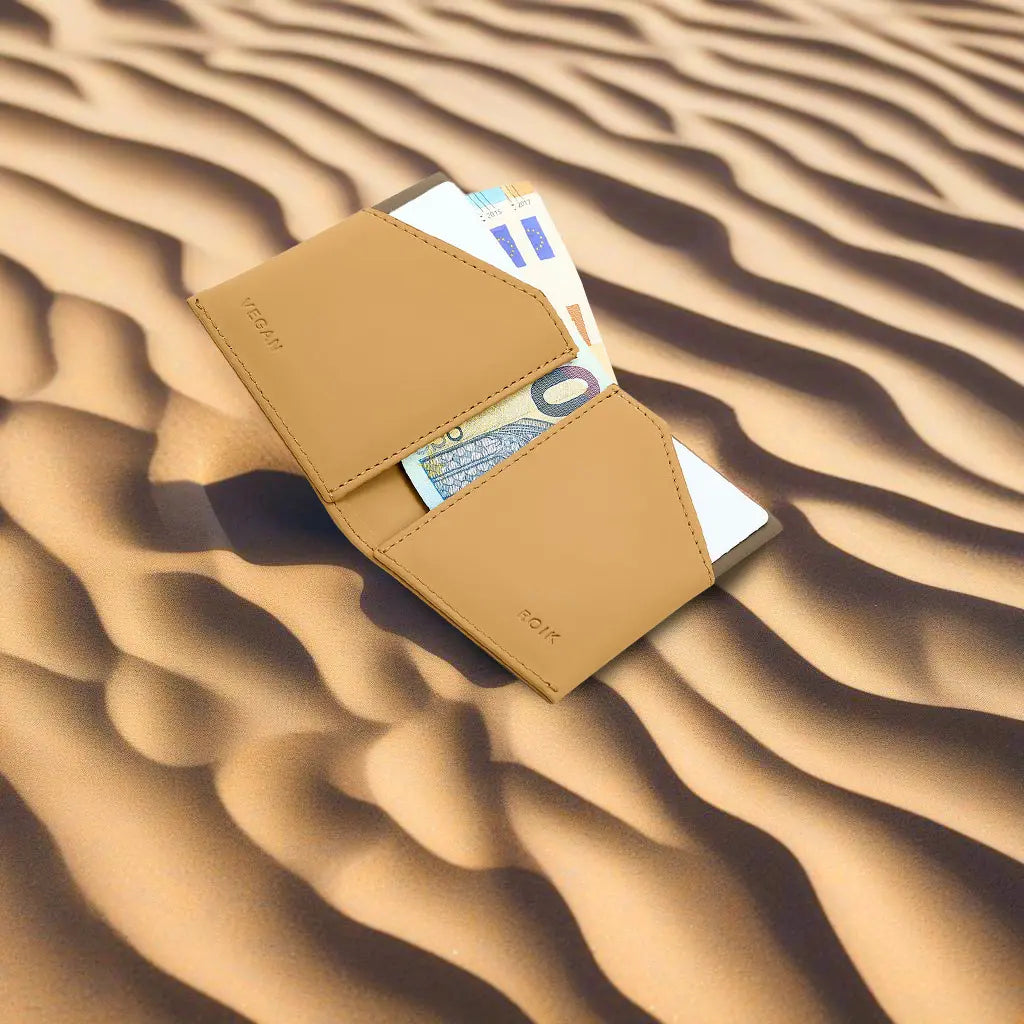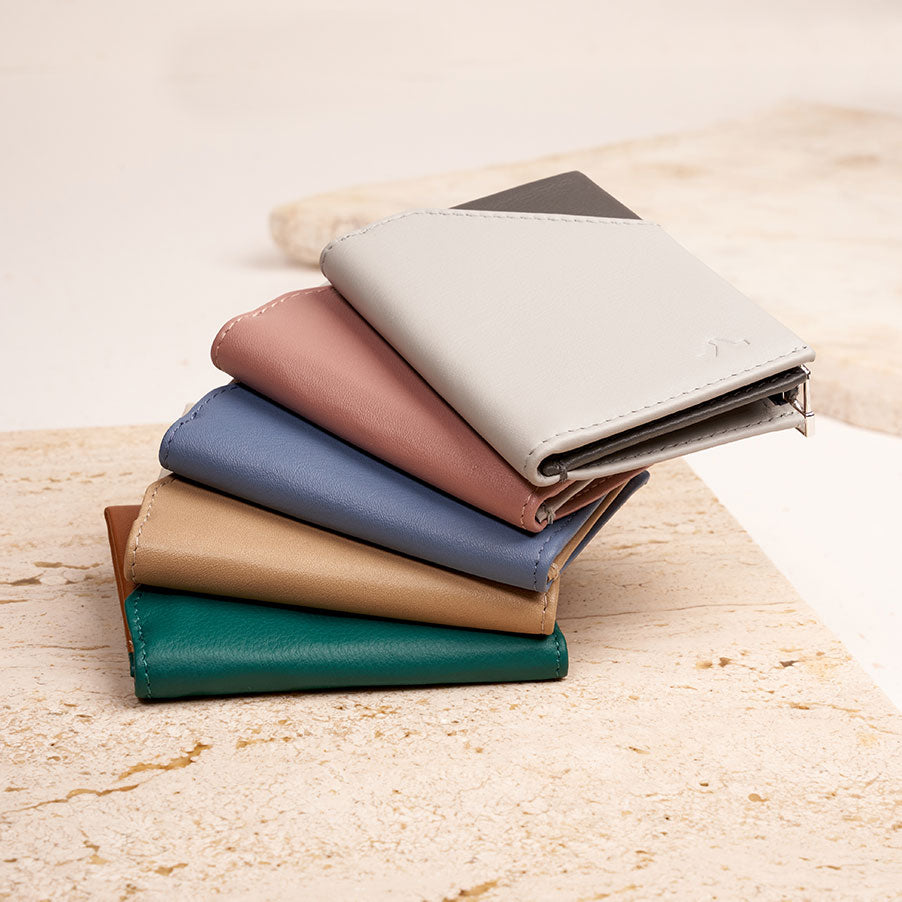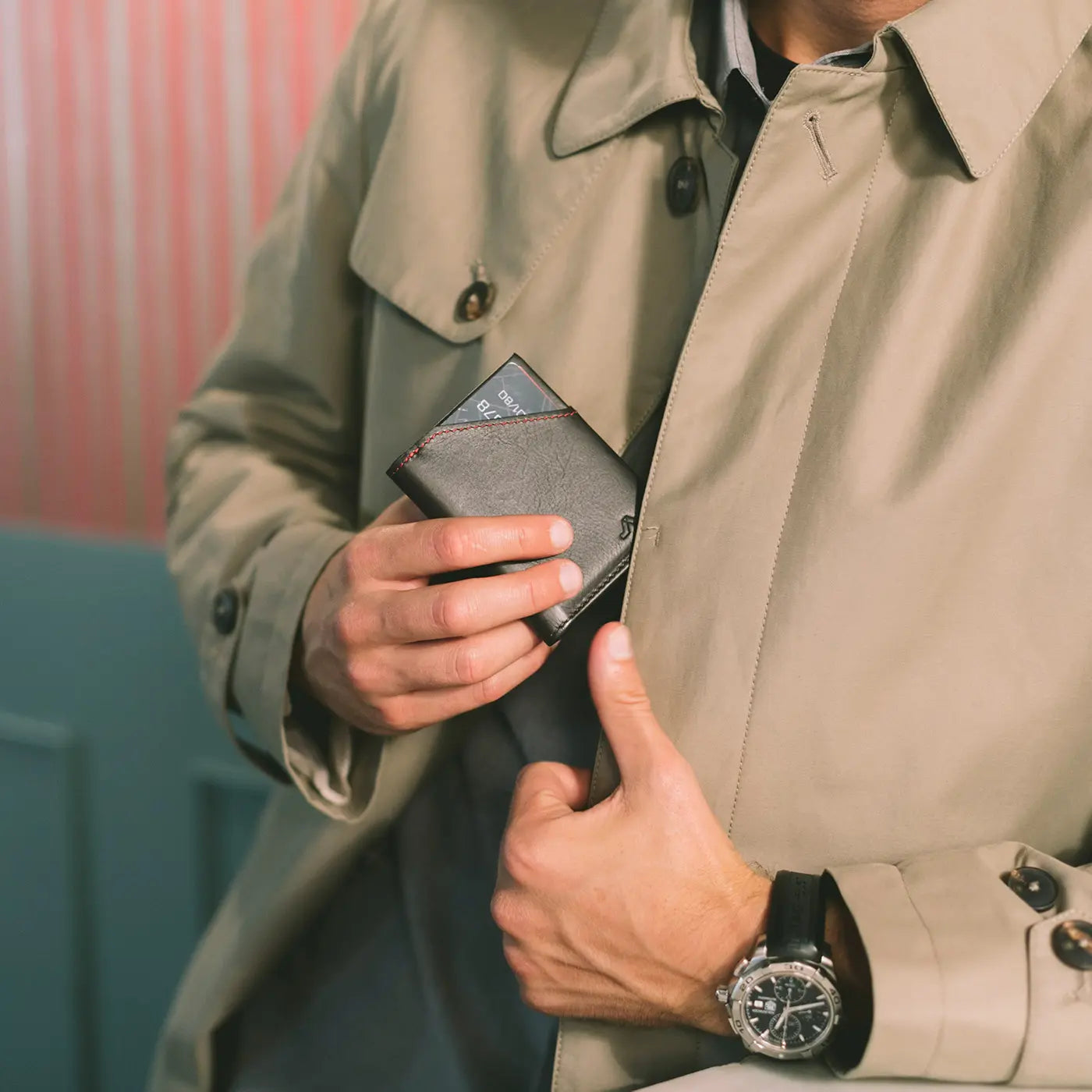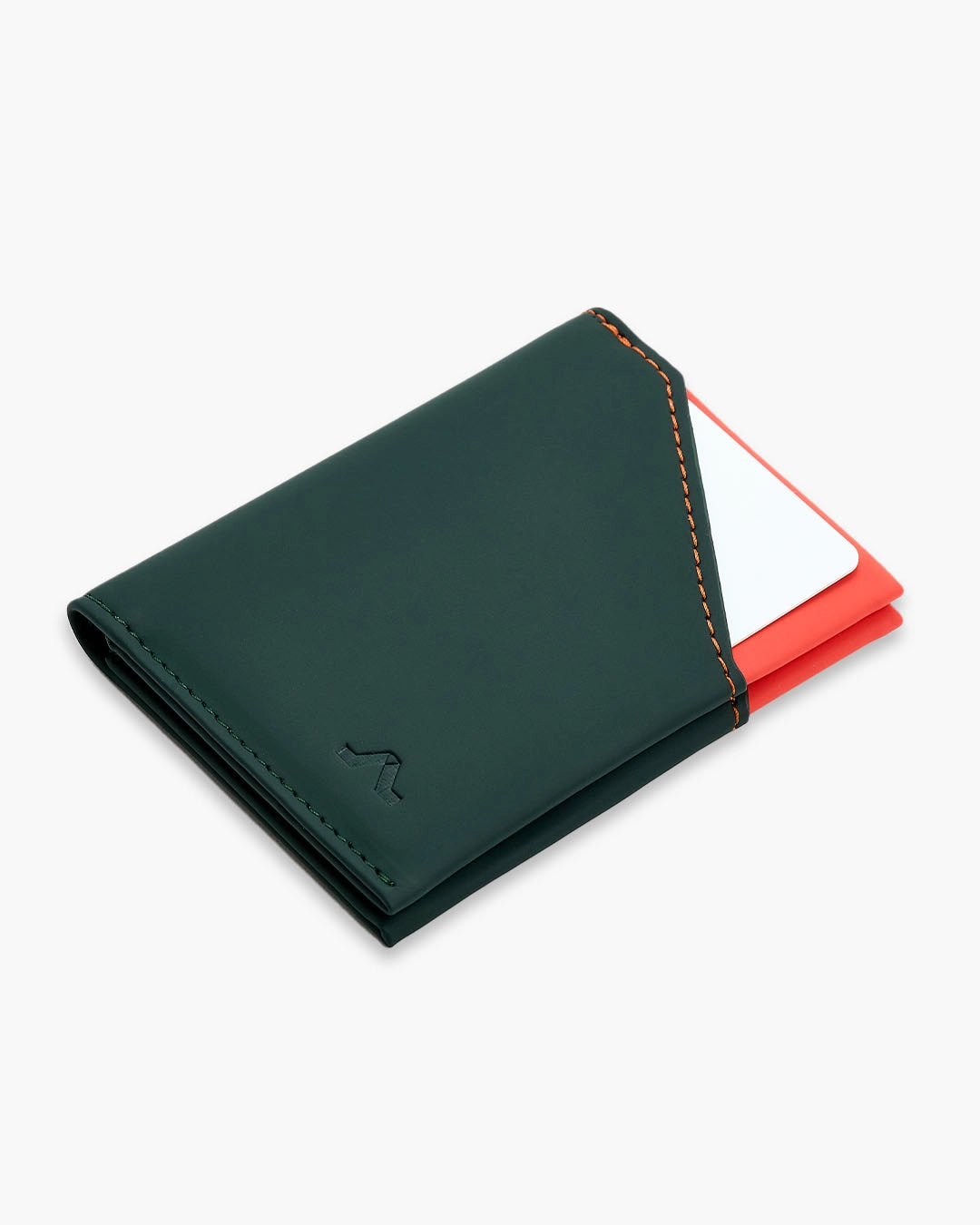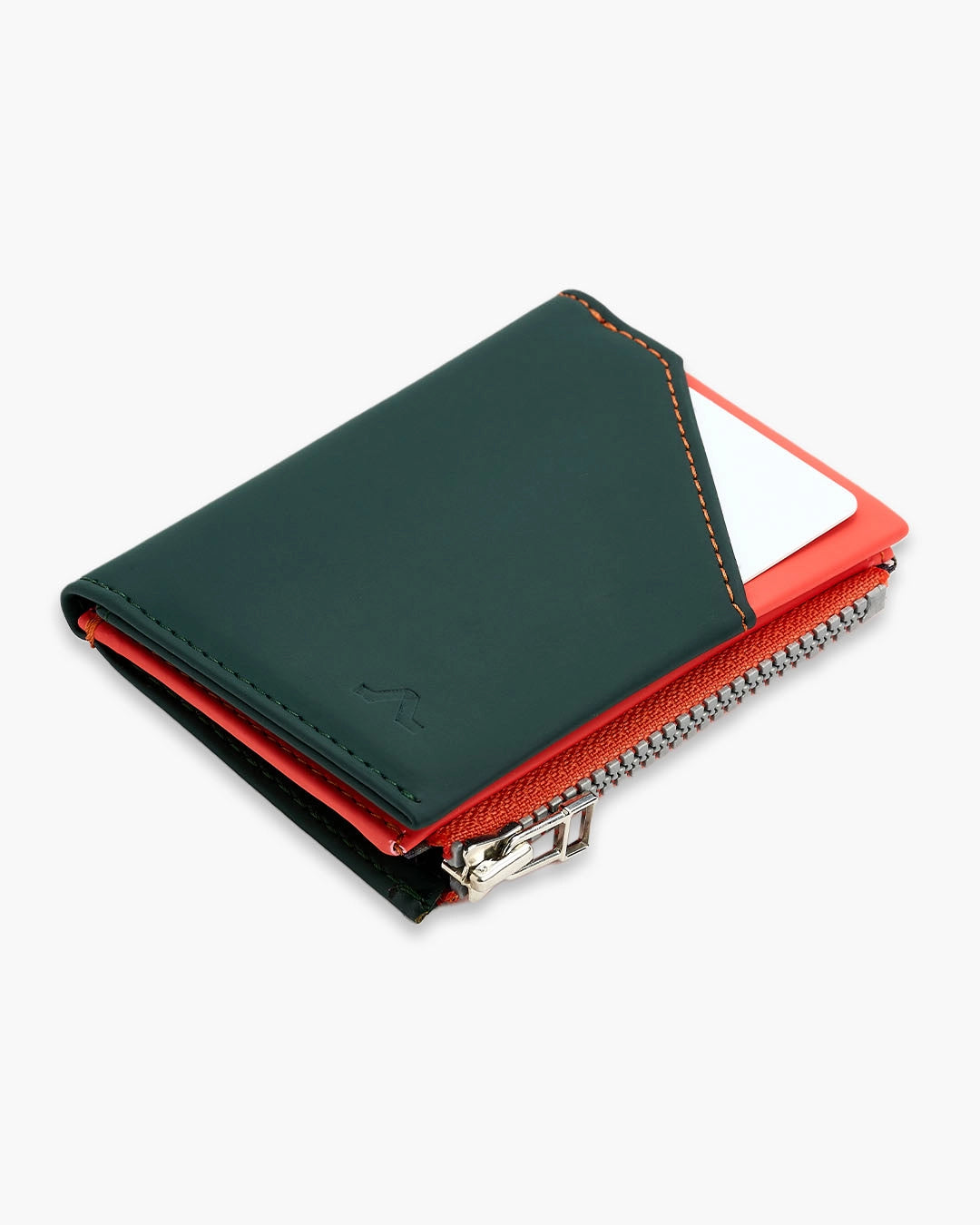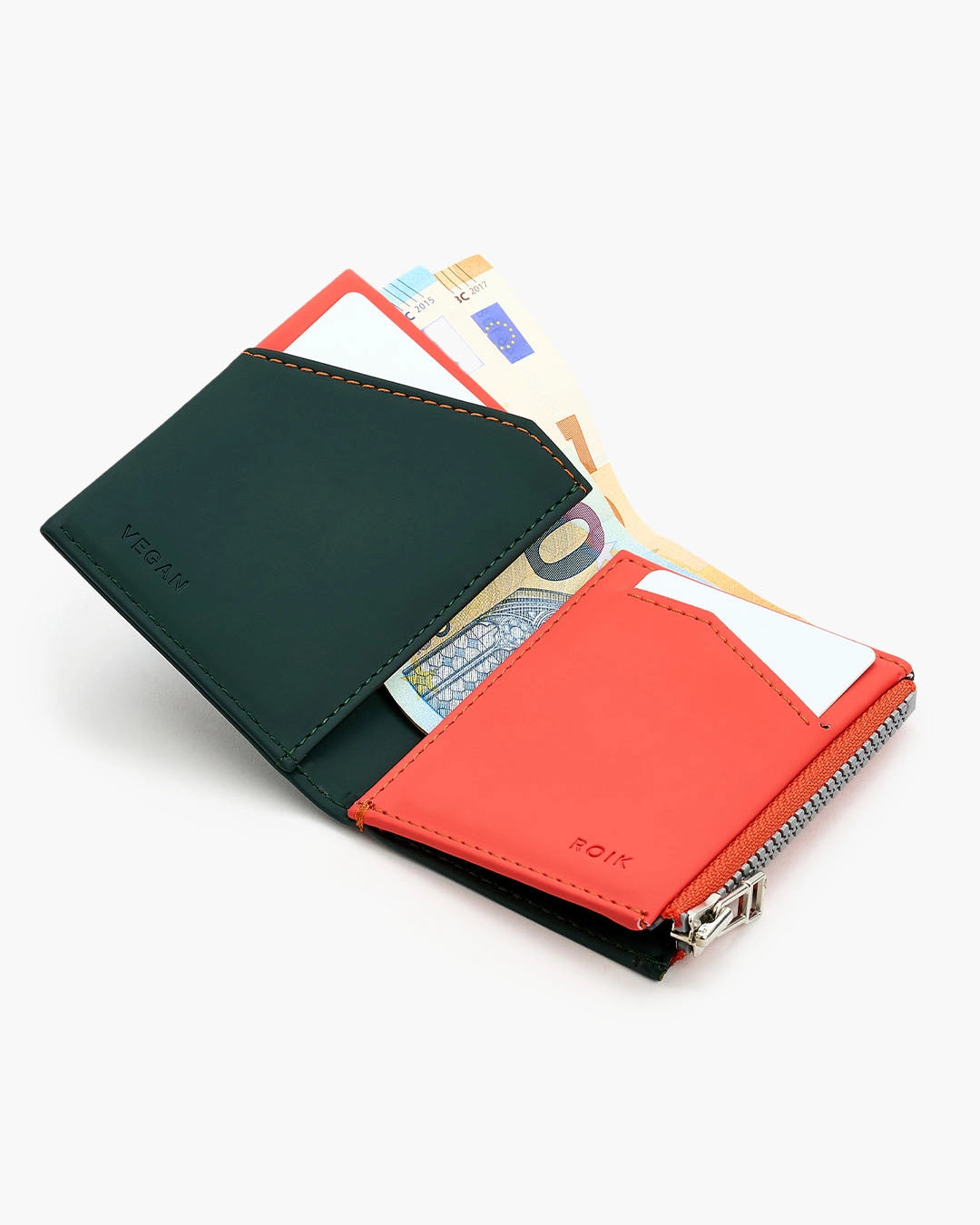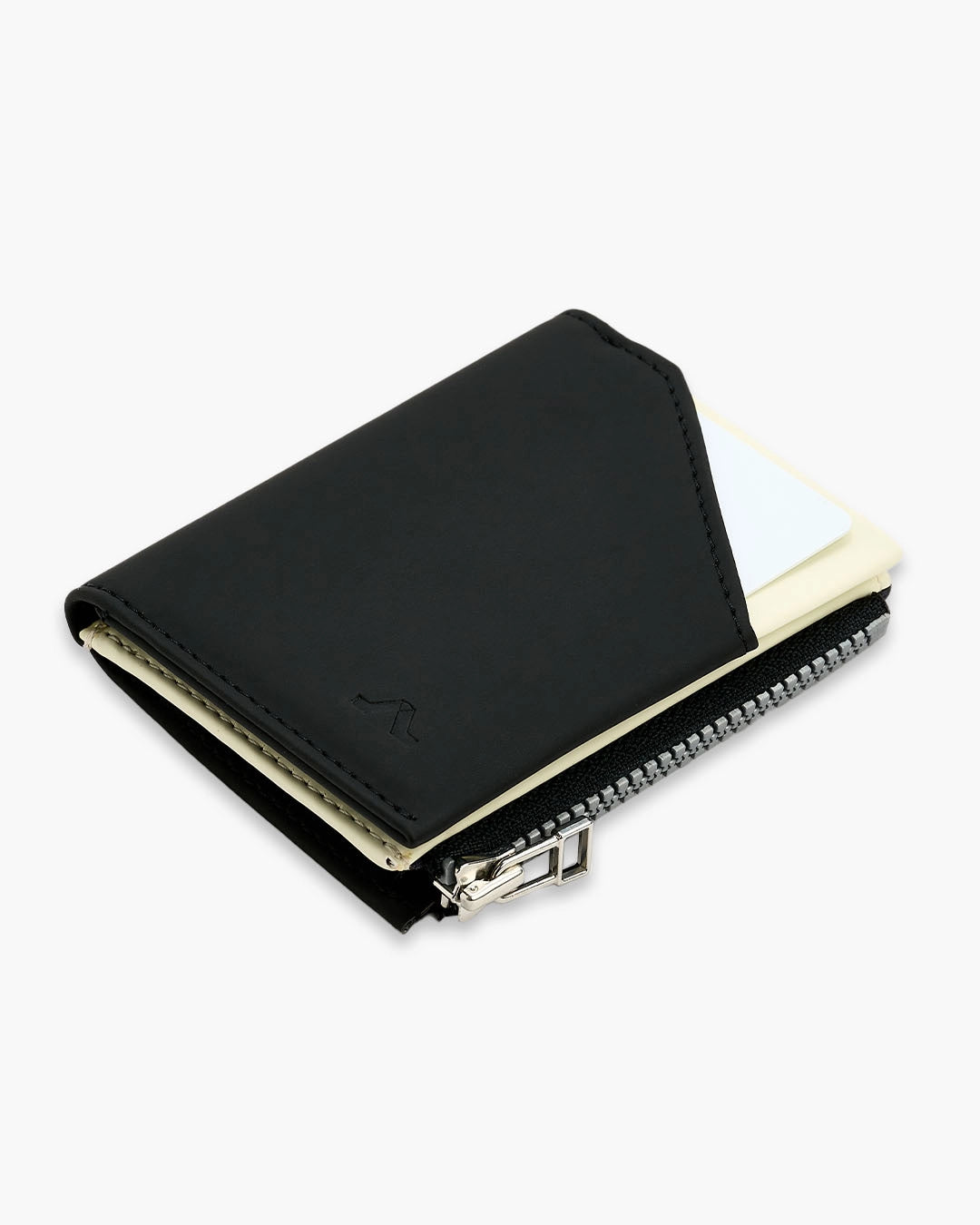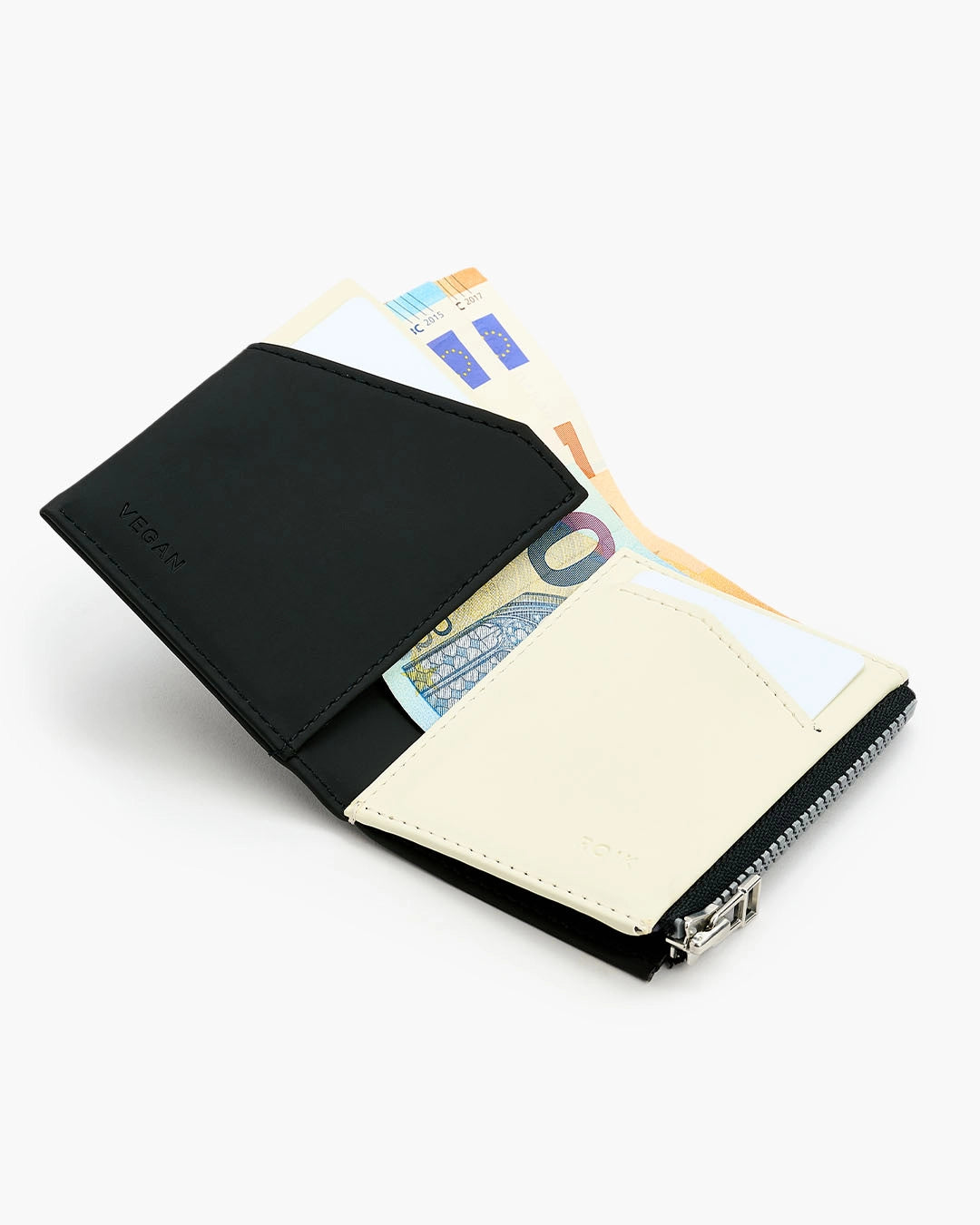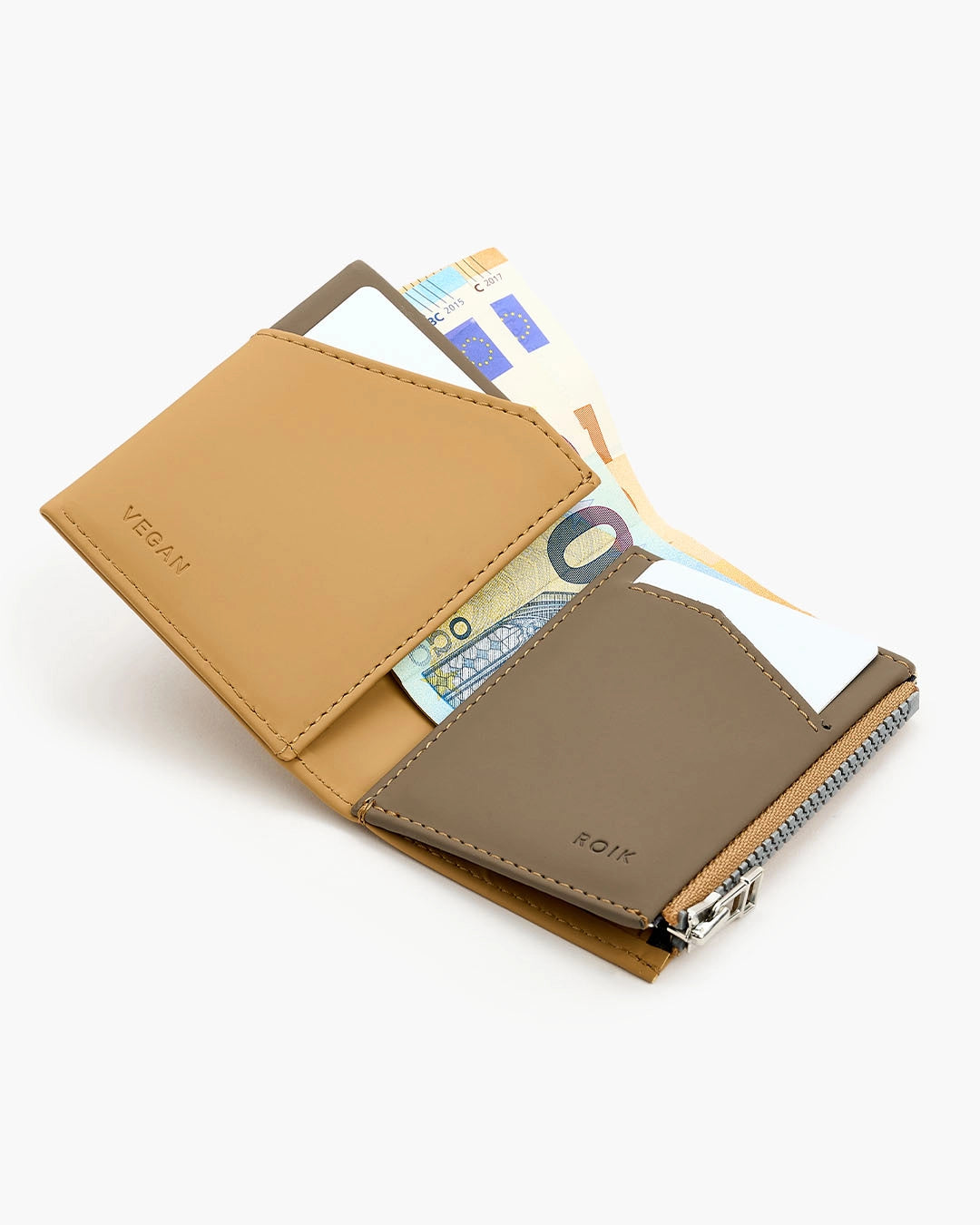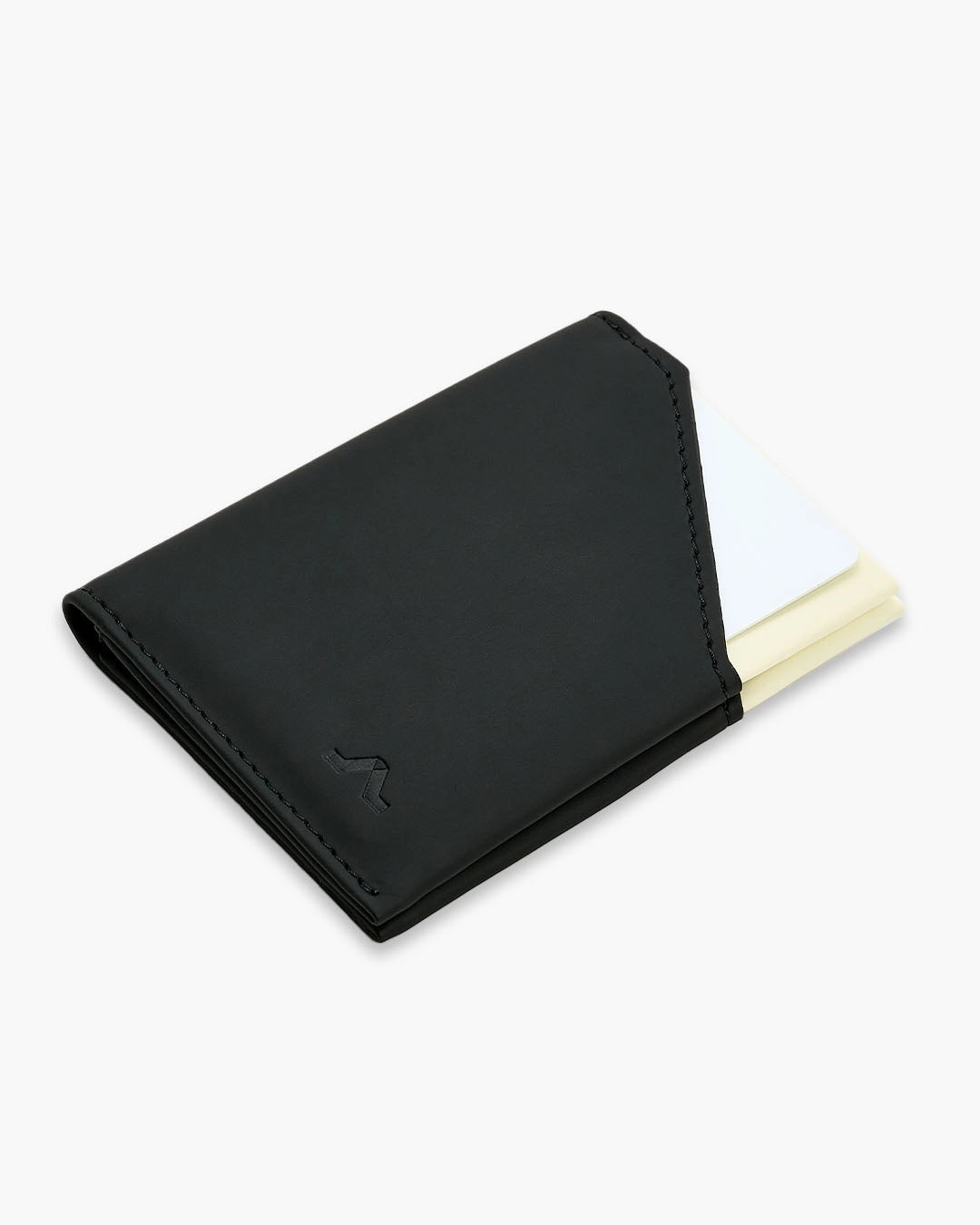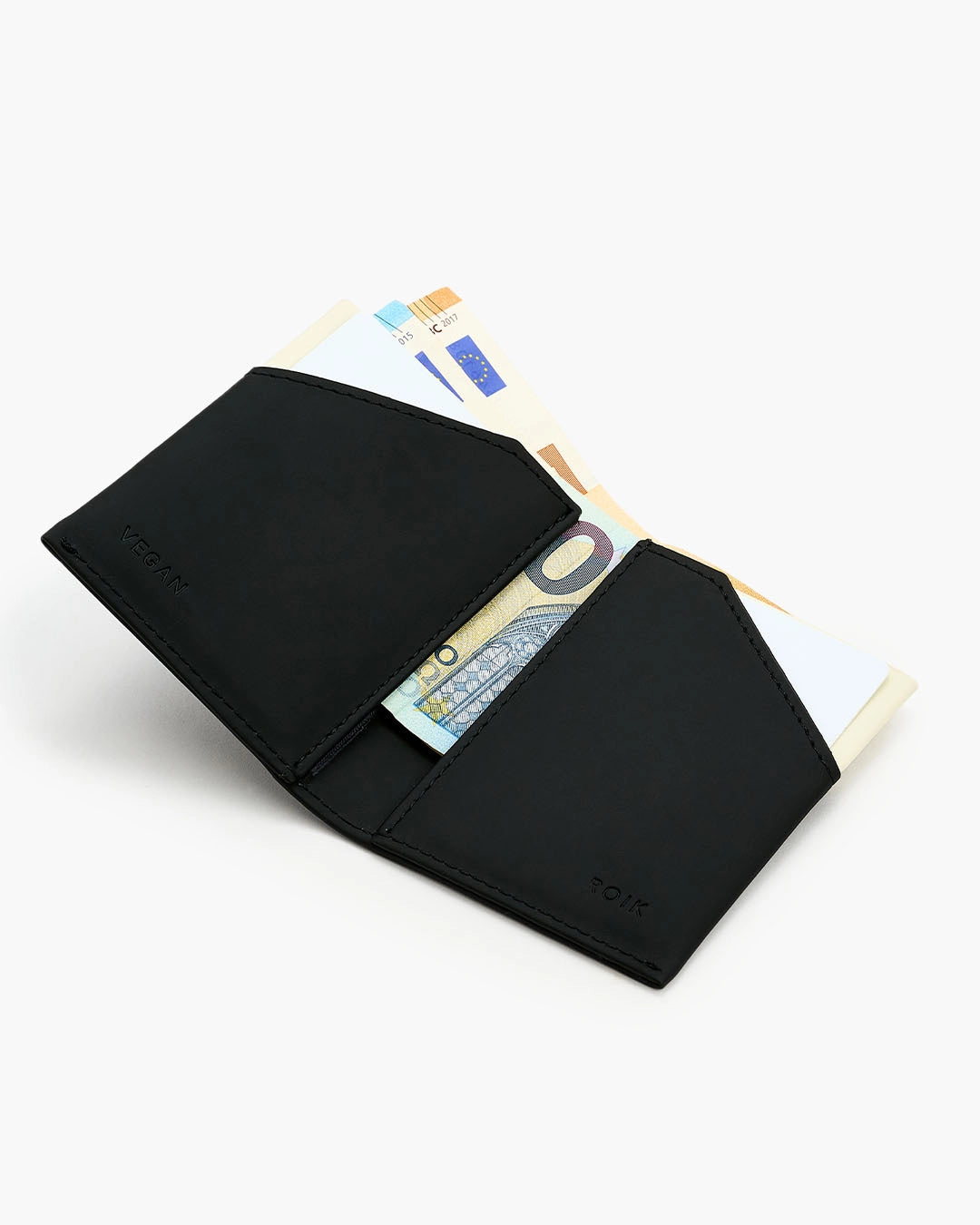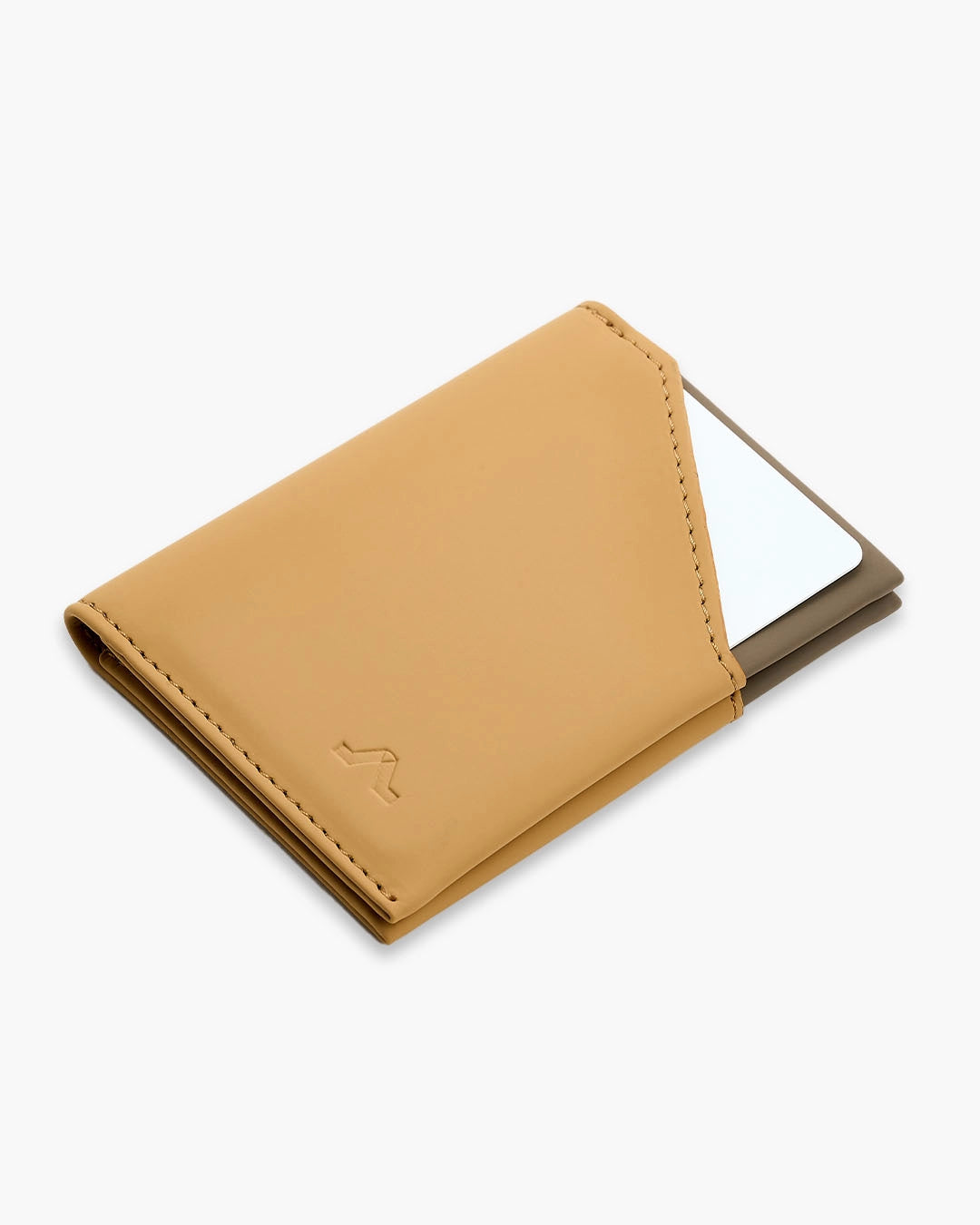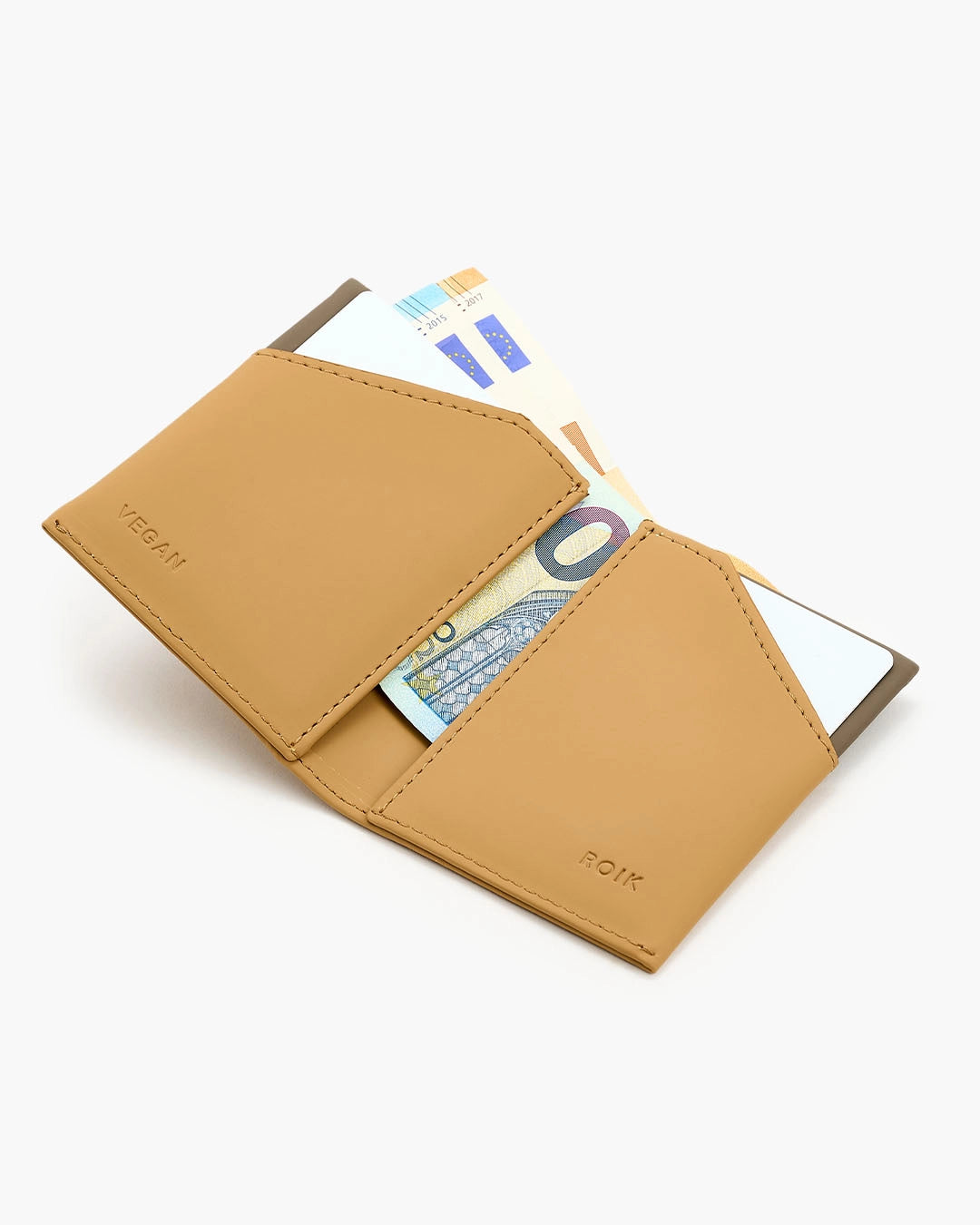What is Leatherette: Discover its characteristics and applications
Leatherette is a synthetic material that imitates the appearance of natural leather. It is used in a variety of applications due to its durability, variety of colors and textures, and easy maintenance. This article explores what leatherette is, its main characteristics, differences with natural leather, and its many uses in the home and industry. We also address aspects such as the manufacturing process and the material's environmental impact.
What is leatherette?
Faux leather is a material that has gained prominence in modern design, being highly valued in a variety of applications. Its nature as a synthetic alternative to leather gives it very attractive properties for a variety of uses.
Definition and main characteristics
This synthetic fabric simulates the appearance of natural leather. Generally composed of a layer of polyurethane (PU) or polyvinyl chloride (PVC) on a cotton backing, it stands out for its attractive finish and durability. Its most notable features are:
- Leather-like appearance, available in a variety of colors and textures.
- Wear resistance, although it does not match the durability of high-quality leather.
- Easy maintenance, as it can be cleaned with a damp cloth.
Differences between leatherette and natural leather
A comparison between leatherette and genuine leather reveals several significant differences. In terms of cost, leatherette is considerably more affordable. Although leather offers greater durability, it requires special care and more demanding maintenance. On the other hand, leatherette offers a more sustainable approach, as it does not involve animal farming.
Advantages of leatherette over genuine leather
Faux leather has notable advantages that make it attractive to many consumers:
- Lower price, allowing greater accessibility.
- Wide variety in design and customization.
- Lower environmental impact as it does not require animal resources.
- Easy cleaning and maintenance without specific products.
Types of leatherette
Faux leather comes in different types, each with distinctive characteristics that make it more suitable for various applications. The most common varieties are described below.
Polyurethane (PU) leatherette
Polyurethane leatherette is known for its softness and flexibility. This type of leatherette is made by applying a polyurethane coating to a textile base. It is highly breathable and offers a finish similar to natural leather. It is frequently used in furniture and clothing due to its comfort and aesthetic appeal.
Polyvinyl chloride (PVC) leatherette
PVC is another type of synthetic leather characterized by its high strength and durability. This material is less air permeable than PU, but offers excellent water resistance, making it ideal for environments requiring easy maintenance. It is often used in furniture upholstery and coverings.
Comparison between different types of leatherette
Both types of leatherette have their own advantages and disadvantages. Below are some key differences:
- Smoothness: PU leather tends to be softer and more flexible compared to PVC.
- Water resistance: PVC offers greater resistance to moisture, making it the preferred choice for outdoor areas or humid environments.
- Maintenance: Both are easy to clean, although PVC may require less care in terms of exposure to liquids.
- Breathability: PU leather allows for better air circulation, which is beneficial for clothing and furniture that come into direct contact with the skin.
Leatherette manufacturing process
The production of leatherette involves a set of rigorously selected technical procedures. These steps ensure that the final material meets the desired aesthetic and functional characteristics.
Selection of base materials and fabrics
The first stage in leatherette manufacturing focuses on the selection of raw materials. Polymers such as polyurethane (PU) and polyvinyl chloride (PVC) are commonly used, which are valued for their flexibility and durability. Next, a backing fabric, usually cotton, is selected to provide the necessary structure and support for the covering. This fabric is essential for achieving the desired strength and texture of the final product.
Coating and finishing phases
The next step is to apply a polymer coating to the base fabric. This process involves several stages, including:
- Preparation of the fabric surface to ensure adequate adhesion.
- Application of the coating, which provides waterproof and wear-resistant properties.
- Additional treatments, such as sanding and polishing, are performed to achieve the final texture that imitates natural leather.
It is at this stage that the leatherette acquires its distinctive aesthetic characteristics, making it visually resemble leather.

Quality control in production
Once the coating and finishing stages are complete, the produced material undergoes rigorous quality control. This process involves inspecting each batch to ensure it meets established standards. Aspects such as the product's strength, color, and texture are evaluated. This stage is crucial to ensure that the leatherette meets consumer expectations and can be used safely and effectively in a variety of applications.
Uses and applications of synthetic leather in ROIK
This fabric is also widely used in fashion. Faux leather is found in jackets, belts, and handbags, and is a preferred option for its ability to mimic natural leather at a more affordable price. The range of designs and finishes available allows designers to create unique and modern pieces.
With our line of vegan products, we aim to offer a real alternative to those who don't want to consume animal products, while taking the first step toward finding and developing the best alternative.
If we want to have more sustainable, longer-lasting, and higher-quality materials in the near future, we have to start now. We work together with our partners in a process of continuous improvement and innovation.
Innovative and Timeless Design
We've launched three color combinations for our most iconic wallets, the Zip Coin and the City . Each one is crafted by the same expert leatherworkers in Ubrique using the highest-quality materials.
The use of synthetic leather and vegan leather, sustainable alternatives that not only respect animal life but also offer durability and strength comparable to traditional leather.
Maintenance and cleaning of leatherette
Maintaining and cleaning faux leather is essential to ensure its durability and appearance. With proper care, this material can look like new for a long time.
Tips for cleaning leatherette
Cleaning leatherette is simple, requiring only a few steps to maintain its optimal condition. It's important to follow certain recommendations:
- Use a damp cloth with warm water to clean the surface. This is usually enough to remove accumulated dirt.
- For tougher stains, you can use a mild soap or a specific leatherette cleaner. It's recommended to test a small area before applying the product to the entire surface.
- Avoid using harsh abrasives or chemicals, as they can damage the leatherette finish.
- Dry the surface thoroughly with a dry cloth after cleaning to prevent watermarks from forming.
We have a video explaining how to clean our wallets.
Care and extension of its useful life
Caring for faux leather goes beyond its initial cleaning. To prolong its lifespan, several practices should be taken into account:
- Protect the leatherette from direct sunlight, as this can cause discoloration and deterioration of the material.
- Avoid contact with sharp or abrasive objects that may cause scratches.
- Perform proper and regular cleaning to prevent dirt buildup and maintain its appearance.
- If possible, apply a conditioner specifically designed for leatherette from time to time. This will help maintain its flexibility and prevent cracking.
Environmental impact and sustainability
Faux leather, as an alternative to natural leather, presents important considerations in terms of environmental impact and sustainability. This synthetic material has gained prominence in a context where ecological awareness is becoming increasingly relevant. Below, its comparative characteristics and environmental benefits are analyzed.
Comparison with natural skin
When evaluating faux leather versus genuine leather, several significant differences emerge. One of the most notable aspects is the origin of the materials. Below are some key comparisons:
- Faux leather is not derived from animal exploitation, which avoids ethical issues associated with killing animals for their fur.
- The leatherette production process tends to require fewer natural resources and can be less harmful to the environment compared to animal slaughter and livestock farming.
- Tanning natural leather involves chemicals that can pollute water and soil, while leatherette, although it also uses chemicals, minimizes this footprint.
Benefits for the environment
Using faux leather offers several environmental advantages that can contribute to sustainability. These benefits include:
- Less impact on biodiversity by reducing the need to raise livestock, which helps preserve natural ecosystems.
- Ease of recycling compared to leather, as some types of leatherette can be reused and recycled in new applications.
- The production of synthetic leather allows for greater flexibility in the use of renewable resources, promoting a more circular economy.
Overall, faux leather is establishing itself as a more eco-friendly alternative for environmentally conscious consumers. This makes its choice increasingly popular, aligning with current sustainability trends.
Frequently asked questions about leatherette
Below are some of the most common questions regarding faux leather. These questions offer valuable information that can help clarify doubts about this synthetic material.
How to differentiate between leather and leatherette?
The distinction between natural leather and leatherette is based on several factors. Genuine leather has a characteristic odor and a unique texture, with natural variations in the grain. In contrast, leatherette has a more uniform surface, free of imperfections. Various techniques can be used to identify the two materials:
- Smell: Genuine leather has a distinctive scent, while leatherette lacks one.
- Texture: Leather has irregularities, while imitation leather usually has a smooth finish.
- Flexibility: Genuine leather is more flexible than leatherette, which can be stiffer.
What are the differences between faux leather, vegan leather, and natural leather?
It's easy to get lost with so many terms, but here's a clear explanation:
1. Natural leather
-
It comes from animals, such as cows or sheep.
-
It is durable, breathable, and ages well over time.
-
Its cost is higher.
-
It is used in high-quality products, such as our ROIK wallets manufactured in Ubrique.
2. Leatherette (synthetic leather)
-
Laboratory-made plastic material.
-
Visual imitation of natural leather.
-
It does not breathe, it can deteriorate faster.
-
More economical.
3. Vegan leather
-
Trade term used to describe alternatives to animal fur.
-
Sometimes it's just leatherette (which can be confusing).
-
On other occasions, it comes from more sustainable materials such as corn, cactus, or apples.
-
It does not have a single standard.
In short: not all vegan leather is sustainable, nor is all faux leather eco-friendly. It's important to check the materials from which the products are made.
How does sun exposure affect synthetic leather?
Faux leather can be damaged by direct exposure to sunlight. Ultraviolet rays can cause discoloration and deterioration. High temperatures can also cause the material to become brittle and lose its flexibility. To prolong its lifespan, it's recommended to place faux leather furniture in shaded areas or use protective covers when not in use.
